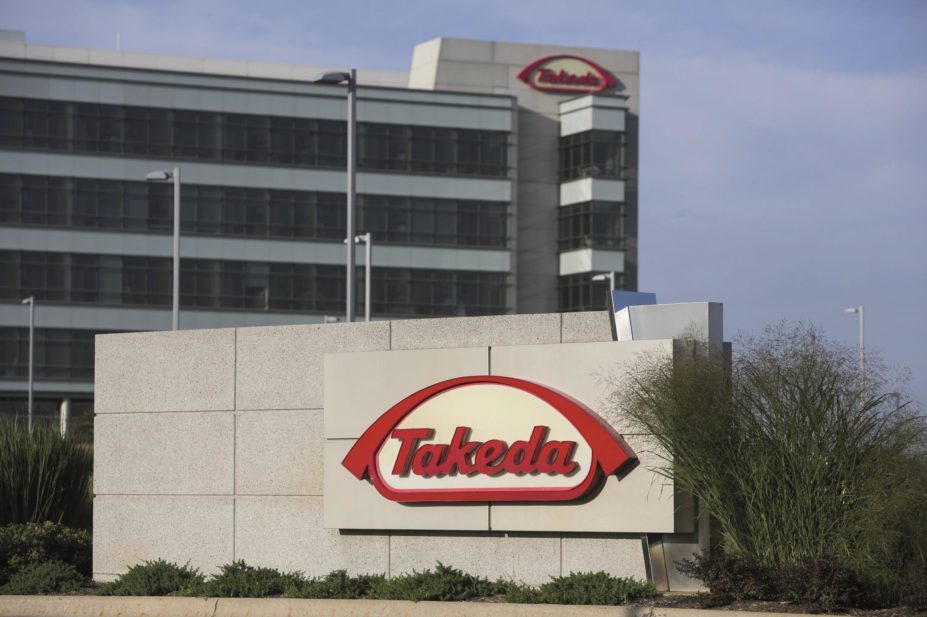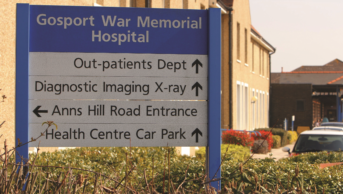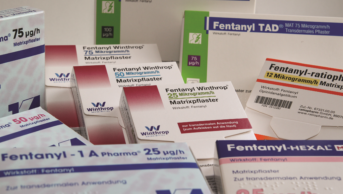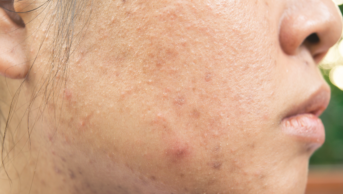
Sipa USA / Rex Features
Use of the diabetes drug pioglitazone is not associated with an increased risk of bladder cancer, the drug’s manufacturer Takeda has claimed.
In a statement issued on 29 August 2014, the company said it will submit data to regulatory authorities from a ten-year epidemiology study designed to investigate whether patients exposed to pioglitazone are at an increased risk of bladder cancer.
The study’s primary analysis, as yet unpublished, found no statistically significant increased risk of bladder cancer among patients ever exposed to pioglitazone, says Takeda. Additionally, there was no statistically significant increased risk of bladder cancer with long-term use of pioglitazone.
The results will be shared with the US Food and Drug Administration (FDA) and the European Medicines Agency (EMA).
“The completion of this long-term study is a milestone in the history of pioglitazone,” says Tom Harris, head of global regulatory affairs at Takeda. “The results of the study provide reassurance with regard to the use of pioglitazone and the risk of bladder cancer and further support the positive benefit/risk profile of the product.”
The study was a post-marketing commitment led by James Lewis, from the University of Pennsylvania, Philadelphia, and included data on nearly 200,000 patients in the Kaiser Permanente Northern California diabetes registry, of whom around 30,000 had been exposed to pioglitazone.
The final results do not support the safety signal contained in a five-year interim analysis of the same cohort published in 2011[1]
. At that time, use of pioglitazone for more than 24 months was associated with a significantly increased risk of bladder cancer, with a hazard ratio of 1.4 (95% confidence interval 1.03–2.0) versus never-users.
The data also contradict findings from a 2012 study which found that ever-use of pioglitazone was associated with an increased risk of bladder cancer (rate ratio 1.83, 95% CI 1.10–3.05) and that the risk was even higher with use of the drug for more than 24 months (rate ratio 1.99, 95% CI 1.14–3.45)[2]
.
In 2011, the EMA’s Committee for Medicinal Products for Human Use (CHMP) reviewed the safety of pioglitazone and concluded that there was a small increased risk of bladder cancer but that the drug should not be withdrawn because its benefits outweigh its risks[3]
. The EMA has not commented on the new data.
In the United States, Takeda and Eli Lilly, which co-promoted pioglitazone from 1999 to 2006, have lost a bid to overturn a punitive damage award of US$9bn for hiding the bladder cancer risk associated with pioglitazone. A spokesperson for Takeda described the latest ruling as “unfortunate” and said the company would challenge the ruling in court.
References
[1] Lewis JD, Ferrara A, Peng T, et al. Risk of Bladder Cancer Among Diabetic Patients Treated With Pioglitazone. Diabetes Care 2011;34:916-922
[2] Azoulay L, Yin H, Filion KB, et al. The use of pioglitazone and the risk of bladder cancer in people with type 2 diabetes: nested case-control study. The BMJ 2012;344: e3645. Available from: doi: http://dx.doi.org/10.1136/bmj.e3645
[3] Medicines and Healthcare products Regulatory Agency. Pioglitazone: risk of bladder cancer. Drug Safety Update 2011;5(1):A1


